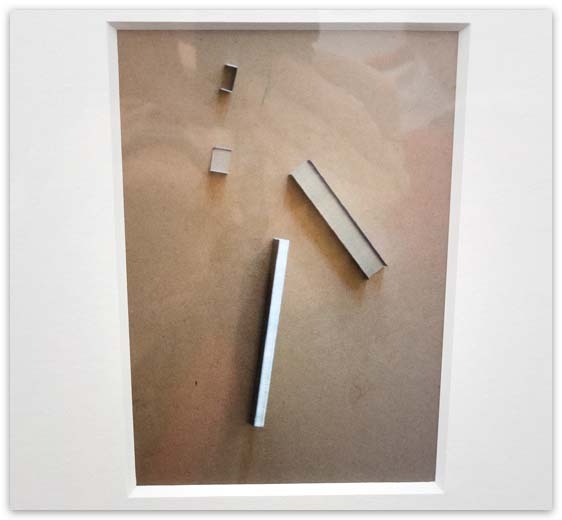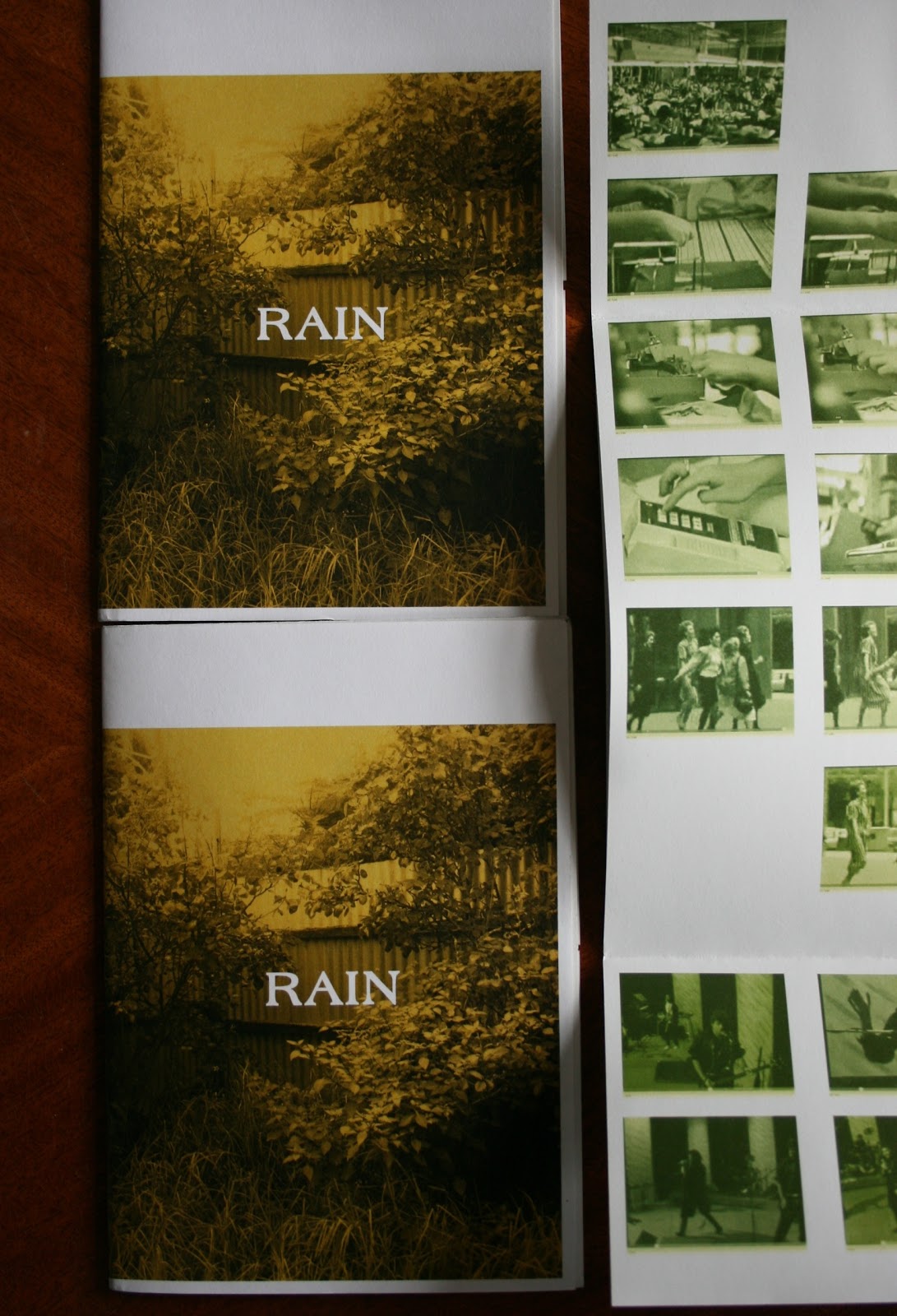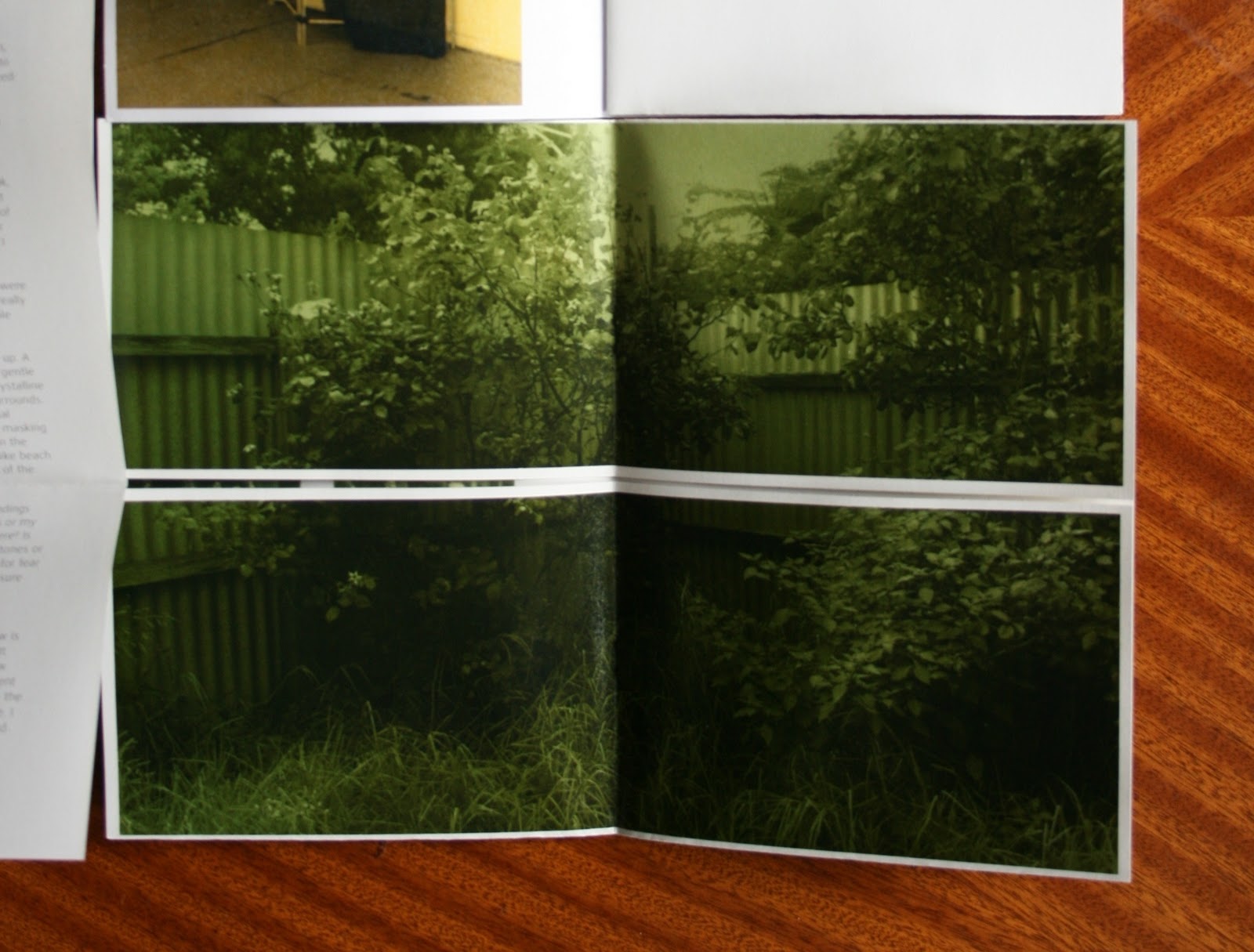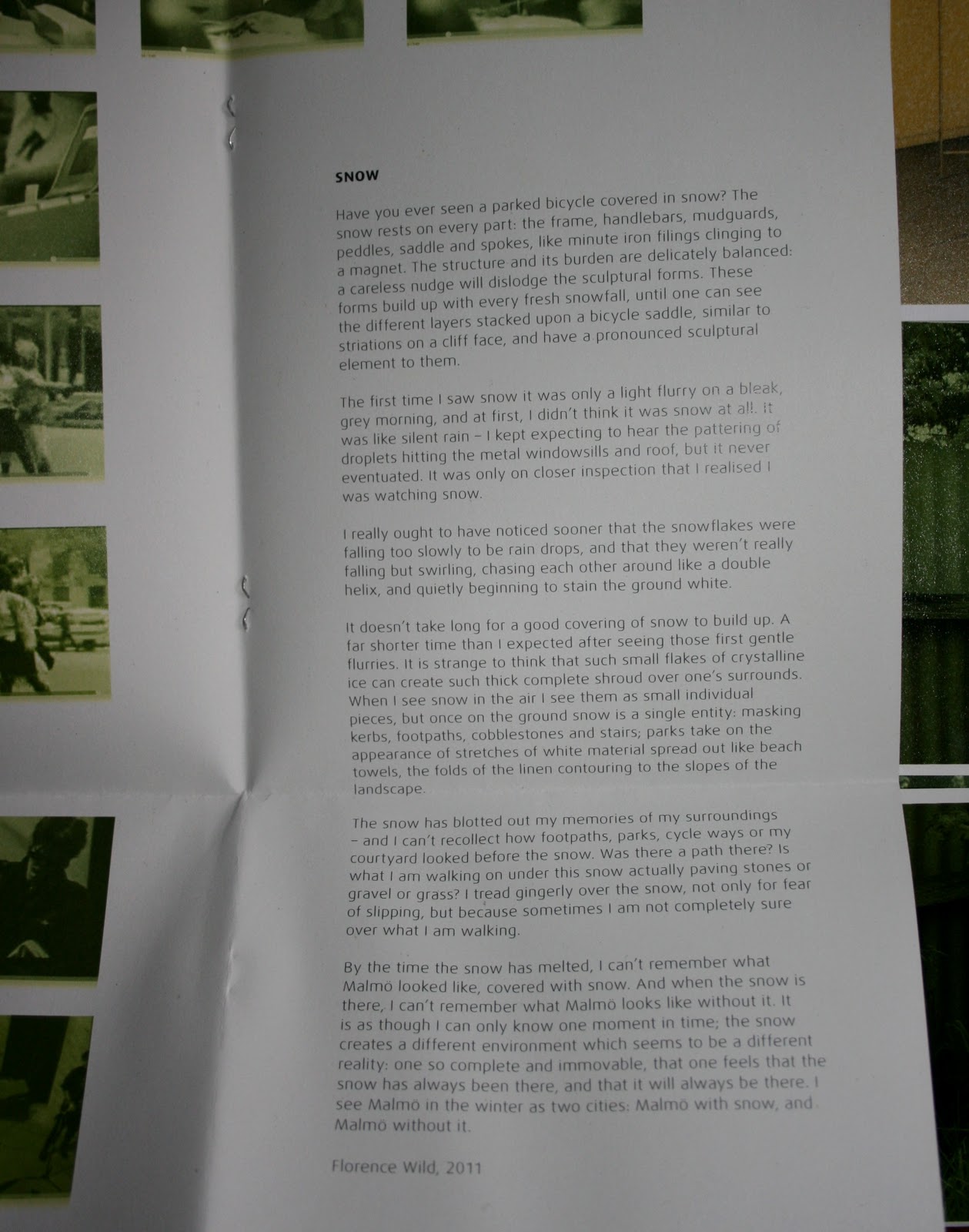Sundries - sketch
Described as following:
The Beatles are holed up in a hotel in Tokyo, I am holed in up a (largish) 1 room flat in Malmö

Here are The Beatles painting their only jointly made artwork holed up in the Tokyo Hilton in June of '66. Paul's cigarette pack poking out of his shirt pocket looks like some sort of egg roll sushi brooch, of all things.
They are engrossed - it seems like a nice escape and probably a relief to be allocated a specific corner for your own artistic style. There is only so much collaborating one can do I guess.
I have been sick today, my body feels like a wet woollen jersey - slow, heavy and uncooperative. My head likewise. I am terrible at being sick, any days not working seem like a wasted opportunity to be productive, and I cannot focus on one thing for an extended period of time. Today alternating between reading snippets of Joan Didion's Slouching Towards Bethlehem and watching The Beatles Anthology while continuing to work on an artwork which feels increasingly futile and has no end in sight. I wanted to spend today writing: but my energy has been siphoned out of my brain, perhaps through the snot dribbling out of my left nostril - the right one remains resolutely blocked.
I don't write long things, I struggle to maintain words over the length of a A4 page. These texts are just ideas observed and described. I never write dialogue. Like everything, the only way to improve one's writing is to increase one's output, which is a new intention. I had thoughts of three separate texts to work on when I went to sleep last night, I woke up this morning with faint recollections of two of them and a left arm that had refused to wake up with the rest of me and lolled around like a tentacle.
I have spent the majority of today trying to remember my third idea and reading maybe every fourth sentence of Slouching Towards Bethlehem. It still counts.
My tutor in my second year of art school, Richard Orjis, asked me once something along the lines of 'What's up with all this nostalgia? What isn't interesting about what is happening now?' and the fact that I am still thinking about this 6 years later means it must have made some sort of impression on me. I am not exactly sure what that impression is, except that I associate the word nostalgia with a sort of menacing dread, and I realise I have spent today (along with many many other days) entrenched in the music and writings of the mid sixties. I am listening to Rubber Soul as I type this.
Perhaps tomorrow I can begin to associate with the contemporary world, for tonight I am feeling irrelevant.
I would describe my title like this
A drawing of mine currently hangs in one of the corridors at my work. It reads:
OM NATTEN ÄR ALLA KATTER GRÅ
in capitals.
It has become important.
Perhaps it's the Capitals.
The Gallery at the library has a standard template of questions the exhibiting students are required to fill in. The one I am always frustrated by (perhaps due to the fact I am an artist/library assistant, not a student, and this template is not really catered towards me) is:
Mina verk skulle jag beskriva så här: (I would describe my work like this:)
I didn't want to describe my work. That was too difficult. I wanted to title it. So I looked at it, and thought how would I describe what this phrase 'OM NATTEN ÄR ALLA KATTER GRÅ' is. The title would simply describe what the work is, as titles used to. Do they still? Don't know.
SAGE ADVICE FROM A HARD-BOILED DETECTIVE.
this is to be my method for titling from now on. "I would describe my work like this..."
inadequate photo documentation courtesy of instagram
About a Boy
Charles Ninow from 'Dance Yourself Clean' at Ozlyn.
Last month my friend Charles had a show at a gallery in Auckland. He asked me to write a short piece to accompany the works. This is what I wrote.
- The library I work at in Sweden has a split personality. One half in Swedish, the other English. The signs, the books, the general information, the students: both in Swedish and in English. I spend a lot of my time translating text from English into Swedish, and vice versa. In high school I studied Japanese. But now whenever I try to think of words, phrases or sentences in that language it comes out as Swedish. I guess my head only has the capacity for two languages at one time.
- In the early twentieth century, Malmö – the Swedish city I live in – had a city registry for dogs. Every hound, pooch, mongrel and bitch was duly recorded and archived. I learnt this on a trip to Malmö’s city archive with the Interloans team of which I am affiliated with. Did this mean that in circa 1910 there were no stray dogs in Malmö??
- At the library, we are currently in the process of transitioning over to the Dewey Decimal Classification System. Previously, they used SAB (the Swedish Classification system) which ordered material into different fields using letters as Dewey does with numbers.Letters into Numbers. The transition is an ongoing project, and at present both systems rub shoulders with each other on the shelves which the collection of numbered books steadily increases, while the lettered collection slowly fades away. It seems strange to think about numbers replacing letters in a building housing the written word. I could say it’s the way of the future, but it’s been around since 1876.As a library assistant, one of my particular roles is to change books over from SAB to DDC. It is a mind-numbingly simple task: delete some letters, add some numbers. Suddenly a book is reclassified – if it could think it would most likely have an existential crisis.If they could invent a machine to do this task they would.
- Every dog owner was required to pay a ‘dog tax’ in order to keep the animal; hence the registry. The dog tax wasn’t much – perhaps a couple of öre. In fact, the monetary unit ‘öre’ is obsolete now, finally phased out a few years ago like the 5 cent coin. What was once the cost of registering your dog these days wouldn’t even get you a match stick (incidentally, a Swedish invention). The dogs were well documented – noted down were their respective breed, age, colouring and address, as well as the name of the owner and that of the dog. I would like to say that the dog registry was organized by the name of the dog, but on second thoughts, now I can’t be certain.
- The Swedes, being stereotypically a socially tolerant society, are not especially taken with the Dewey Decimal System. They believe it sexist, racist; too hierarchical. I would say they are probably right. Take for example, the 200’s:Religion.200 – Religion / 210 – Natural theology / 220 – Bible / 230 – Christian theology / 240 - Christian moral & devotional theology / 250 – Christian orders & local church / 260 – Christian social theology / 270 –Christian church history / 280 – Christian denominations & sects / 290 – Other & comparative religions.But I guess when your classification system is invented by a 25 year old white Christian male, what can one expect?
- Like baby names, ships names, and street names, dog names fall in and out of fashion. In Malmö at the beginning of the twentieth century, ‘Boy’ was THE NAME to call your dog. An exorbitant number of dogs were registered under the name Boy. Why was this? Boy is not a Swedish name. Heck, it’s not even a Swedish word. Were unsuspecting Swedes reading English literature and mistaking the generic phrases of ‘Good boy!’, ‘Who’s a good boy?’ as the poor mutt’s actual name? Or perhaps this was the Swedish dog equivalent of John Doe – a dog with no name. I image this heightened popularity in the name Boy would be particularly problematic when one needed to beckon their faithful companion.
A Hazy Shade of Winter
 [click images to enlarge]
[click images to enlarge] ASH KILMARTIN
'RAIN'
12.02.2011
A special parcel received in the post today travelled halfway across the world wrapped in paper adorned with colourful donuts. Inside was the eagerly anticipated publication made on the occasion of my great friend Ash Kilmartin's single-handed one day sculptural exhibit 'RAIN', situated in an abandoned lot in Melbourne.
Ash asked if I would contribute a piece of writing to accompany her exhibition as part of a small one-off publication, and I readily obliged. I penned a short piece about my first impressions of snow, (which is hopefully legible in the photo above) and thought about my feelings towards snow in relation to Ash's installation, delicate hand stitched fabrics draped over minimalist wooden frames.
The publication design is by another good friend, Claire Cooper. I am particularly partial to the horizontally bisected green hued centre-fold, opening out to reveal the text and various youtube stills.
A great project to be apart of and one which has already given me ideas of like-minded scenarios.











